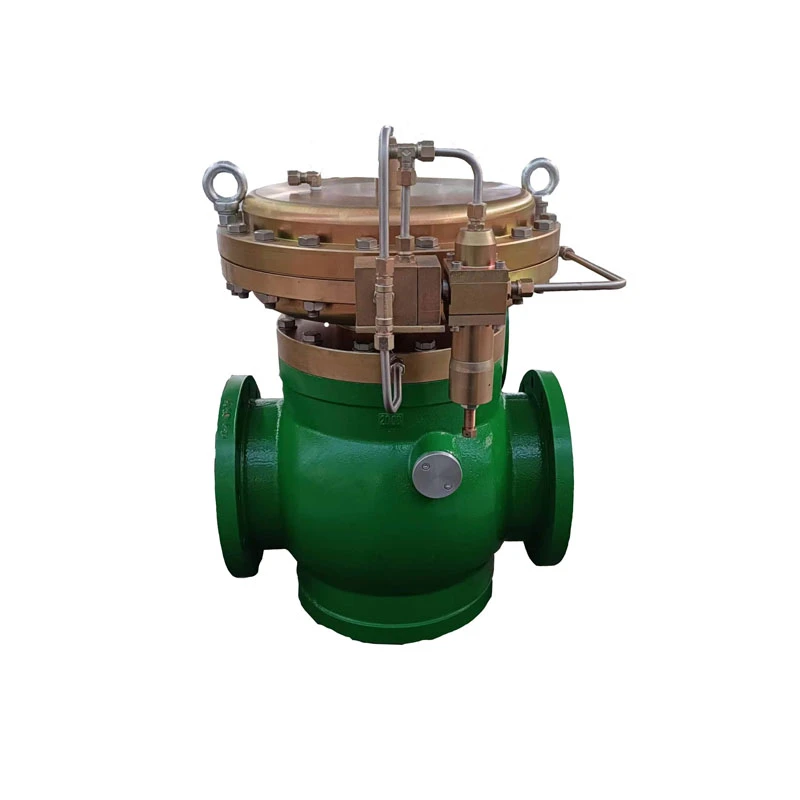
Jan . 06, 2025 15:57
Back to list
heat exchanger
In the industrial world, the significance of optimizing heating and cooling systems cannot be overstated. A crucial component in these systems is the heat exchanger, an ingenious device facilitating thermal energy transfer between different fluids without mixing them. Understanding the intricacies of heat exchangers not only involves a deep dive into their working principles but also an examination of their myriad applications, each contributing uniquely to operational efficiency and energy conservation.

Heat exchangers come in various types, each tailored to specific industry needs and conditions. The most common types include shell and tube, plate, and air-cooled exchangers. The selection of an appropriate heat exchanger type is pivotal, involving considerations such as operating temperatures, pressure levels, and the specific physical properties of the fluids involved. Shell and tube exchangers, for example, are renowned for their robustness and durability, making them a favorite in industries dealing with high-pressure systems. Their design allows for easy maintenance and cleaning, critical for processes where purity and minimal contamination are non-negotiable.
Plate heat exchangers, on the other hand, offer a compact and highly efficient solution for situations where space is a constraint. Their design features numerous thin, slightly-separated plates that create channels for fluid flow, allowing for a large surface area facilitating efficient heat transfer. This type is particularly beneficial in industries such as refrigeration and HVAC, where rapid temperature control is essential. Moreover, their modular nature makes them adaptable to varying capacities, providing flexibility and scalability.

Air-cooled heat exchangers are indispensable in environments where water conservation is crucial or where water availability is limited. These exchangers transfer heat to the air, utilizing fans to enhance the heat exchange process. Industries located in arid regions or those aiming to reduce water-related costs often favor this type, harnessing ambient air to maintain optimum operating temperatures.
heat exchanger
A testament to their versatility, heat exchangers find application across a multitude of industries ranging from petrochemical and power generation to food processing and pharmaceuticals. Each application leverages the fundamental principle of thermal transfer, aiming to enhance process efficiency and reduce energy consumption. In the petrochemical industry, heat exchangers recover waste heat, converting what would be a loss into a usable form, thus improving overall energy efficiency and reducing operational costs. In the food and beverage sector, they play a crucial role in pasteurization, ensuring products are safe for consumption while maintaining their nutritional value.
Investing in the right heat exchanger not only involves a capital expenditure decision but also an understanding of long-term benefits such as energy savings, reduced environmental impact, and enhanced process reliability. The lifecycle of a heat exchanger depends significantly on its maintenance regime. Regular inspection and cleaning are paramount to prevent fouling and scaling, which can drastically diminish performance levels. By adhering to a stringent maintenance routine, downtime is minimized, ensuring continuous and efficient operation.
The advancements in heat exchanger technologies are driven by a combination of evolving industry demands and stringent environmental regulations. Recent innovations focus on enhancing heat transfer efficiency, reducing size and weight, and developing materials that can withstand more aggressive environments. Industries are increasingly adopting solutions that incorporate automatic cleaning systems, corrosion-resistant materials, and enhanced thermal conductivity features.
In conclusion, the strategic selection and maintenance of heat exchangers are crucial for optimizing industrial processes and achieving sustainability goals. With the right technology in place, businesses can significantly cut energy costs, extend equipment longevity, and contribute positively to environmental conservation efforts. The role of expert guidance in navigating these choices cannot be understated, ensuring that every heat exchanger not only meets immediate operational needs but also aligns with the long-term vision of efficiency and sustainability.
Next:
Latest news
-
Safety Valve Spring-Loaded Design Overpressure ProtectionNewsJul.25,2025
-
Precision Voltage Regulator AC5 Accuracy Grade PerformanceNewsJul.25,2025
-
Natural Gas Pressure Regulating Skid Industrial Pipeline ApplicationsNewsJul.25,2025
-
Natural Gas Filter Stainless Steel Mesh Element DesignNewsJul.25,2025
-
Gas Pressure Regulator Valve Direct-Acting Spring-Loaded DesignNewsJul.25,2025
-
Decompression Equipment Multi-Stage Heat Exchange System DesignNewsJul.25,2025

